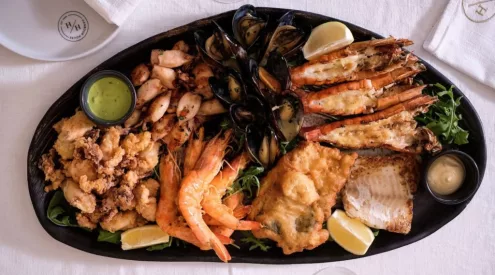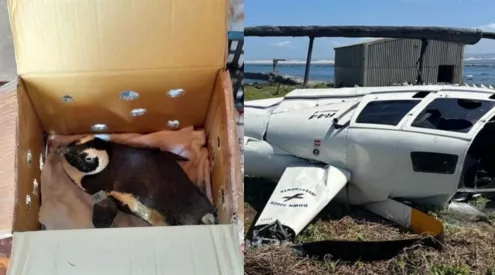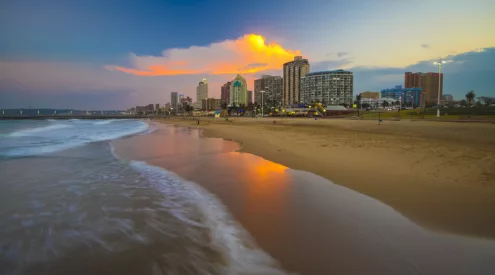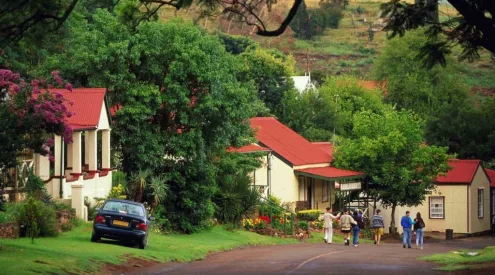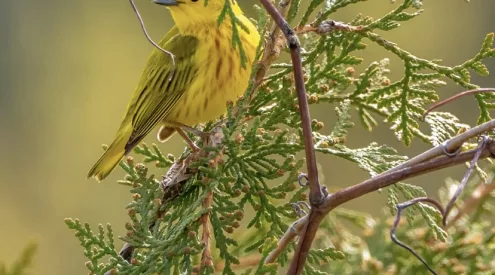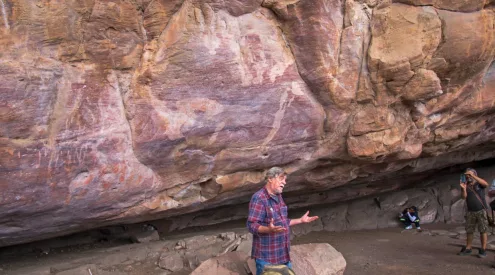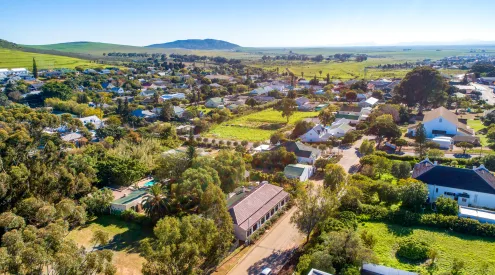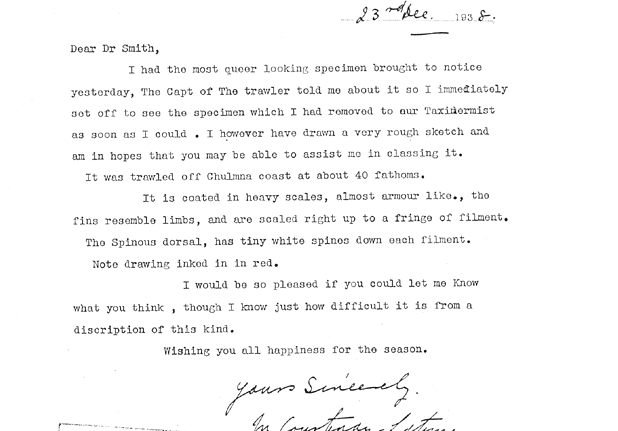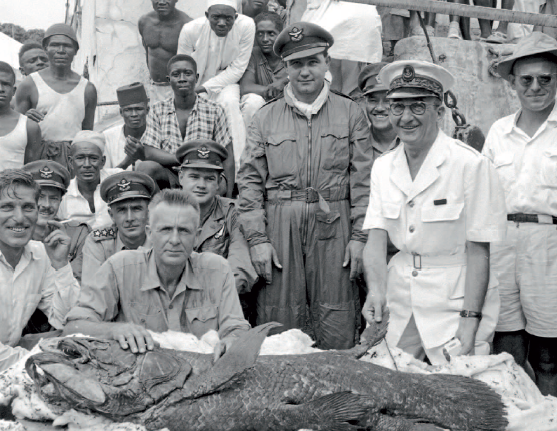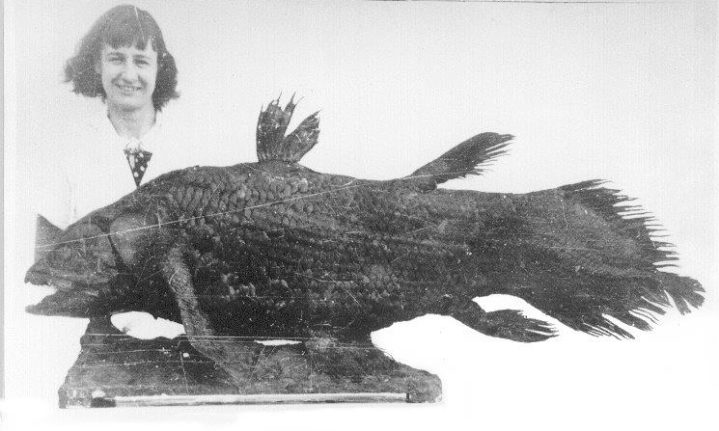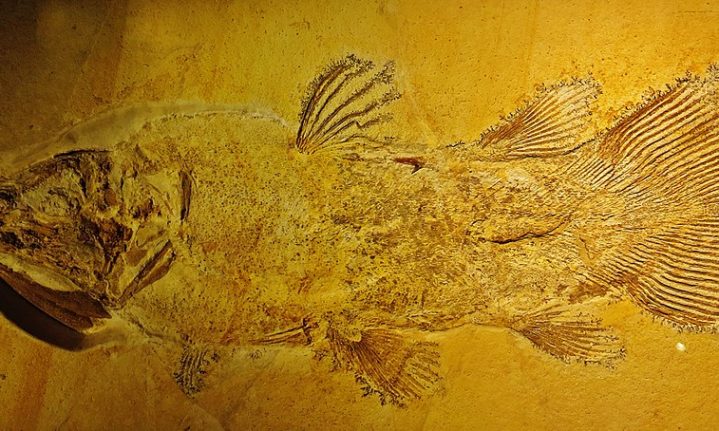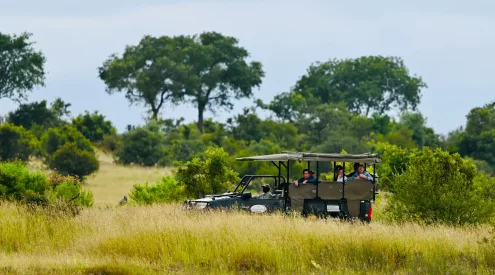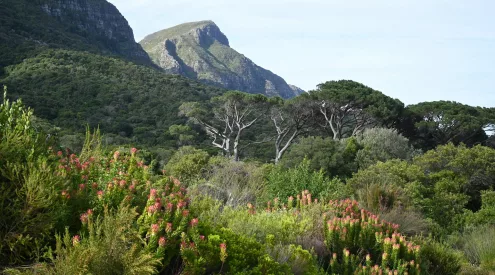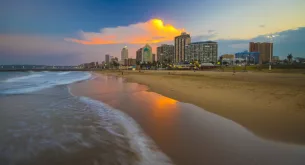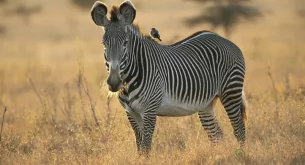Before 1938, the coelacanth was a peculiar fish consigned to the paleontological records, thought to have gone extinct 70 million years ago. That was before museum official Marjorie Latimer got a call from a boat captain to come to East London’s docks to inspect a fish, upon which she commented: ‘I picked away at the layers of slime to reveal the most beautiful fish I had ever seen’.
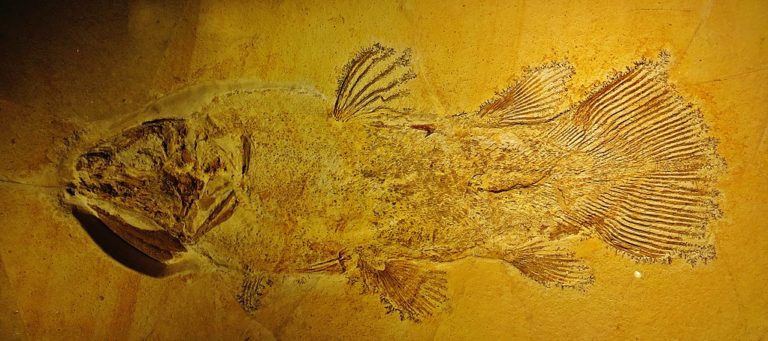
The coelacanth was thought to have gone extinct before 1938. Picture: Ghedoghedo/Wikimedia Commons
Whether or not that fish was beautiful probably comes down to personal preference, but she knew one thing for sure, this was a significant find.
She tried to get hold of JLB Smith, an ichthyologist who helped curate small museums along the coast. He was unavailable, and Latimer resorted to taking the fish to the museum’s taxidermist to preserve the skin and wrote to Smith:
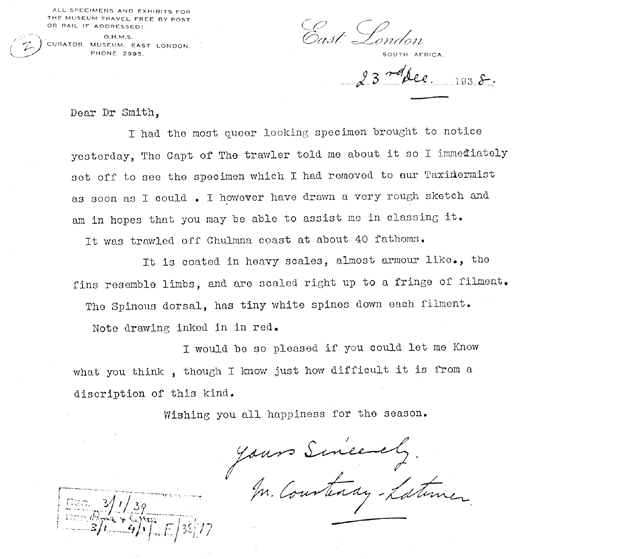
The letter Latimer wrote to JLB Smith in 1938. Picture: East London Museum.
‘I had the most queer-looking specimen brought to notice yesterday,’ is how she opened her letter, even providing a sketch to go along with it.
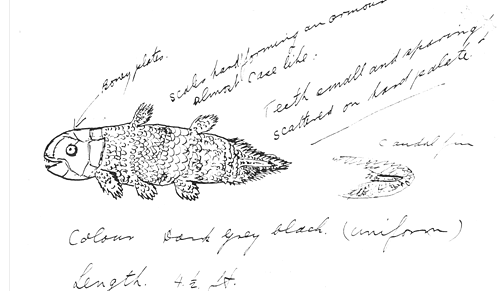
This crude sketch was the first drawing of a Coelacanth ever made. Picture: East London Museum.
The letter was sent to Smith at his holiday house in Knysna and him being a very capable ichthyologist, was able to identify it as a coelacanth from a crude drawing.
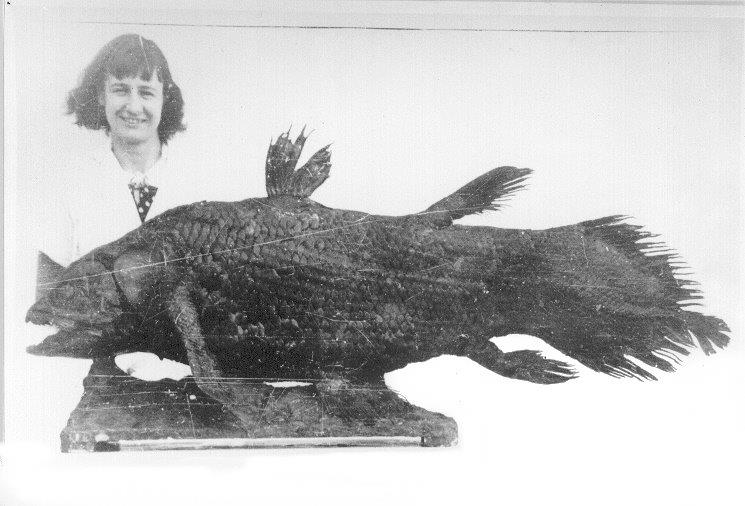
Marjorie Latimer and the coelacanth after its discovery. Picture: Unknown/Wikimedia Commons
He promptly made his way to East London, only to have his assumption confirmed, but unable to do a full autopsy because the internal organs were removed.
The fish, which had only been seen before as fossils, was thought to have gone extinct over 65 million years ago. Some palaeontologists believed this fish may have been a missing link due to its limb-like appendages.
The emergence of this fish, which smith named Latimeria chalumnae after Latimer, was enough to encourage Smith to find the second specimen.
Finding the second specimen and calling on DF Malan
Smith scoured the east coast of Africa for many years in an attempt to find another coelacanth, but all his attempts came to nought. He eventually resorted to printing pamphlets and persuaded the South African Centre for Industrial and Scientific Research (CSIR) to sponsor a £100 reward.
The timing of a telegram could not have come at a worse time, when on 24 December 1952, he received a telegram from East African trader, Eric Hunt: ‘Have five-foot specimen coelacanth injected with formalin here killed 20th Dzaoudzi Comoros.’
Nick Dall wrote how a second telegram stressed that the French authorities were trying to claim the fish, but that he was doing his utmost best to keep it for a South African scientist.
Smith, resolute as ever, somehow managed to get the number of then Prime Minister, DF Malan, his last hope. DF Malan was not the most scientifically savvy, and Smith feared that the coelacanths significance to evolution would disagree with Malan’s orthodox Christianity.
Malan’s wife answered, and said that she’d be sure to pass on the message in the morning, as it was Christmas Eve. ‘Christmas holidays: How I hate them! People eat too much and drink too much and all work stops,’ Smith exclaimed in recounting the story of his desperation to get to Comoros.
DF Malan realised Smith was the author of the book ‘Sea Fishes of South Africa’ that he had beside his bed, and Nick Dall wrote that he answered: ‘The man who wrote this book would not ask my help at a time like this unless it was desperately important, I must speak to him’.
To cut to the chase, Malan mobilised the airforce to escort Smith to the Comoros islands where the fish had been crudely preserved until Smith arrived.
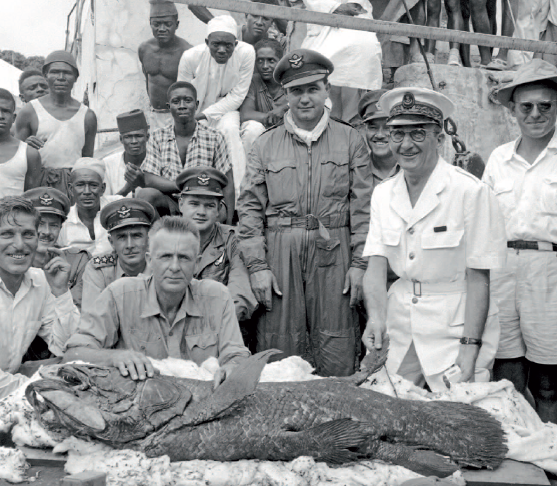
JLB Smith (centre), Eric Hunt (front left) and the crew o the SA air force that escorted Smith to Comoros. Picture South African Insitute for Aquatic Biodiversity
‘I am not afraid to say, I wept,’ Smith recounted. His pamphlet had made it to these islands in the Indian Ocean, where a fisherman brought the fish to Hunt, who telegrammed Smith.
This discovery thrust South African science to global fame and in 2000 a living population was found off the Zululand coast, leading to the creation of the Coelacanth Ecosystem Programme where today the fish is classified on the IUCN red list as critically endangered.
ALSO READ
Fish Hoek ‘railway line’ actually revetment remains, says City of Cape Town

